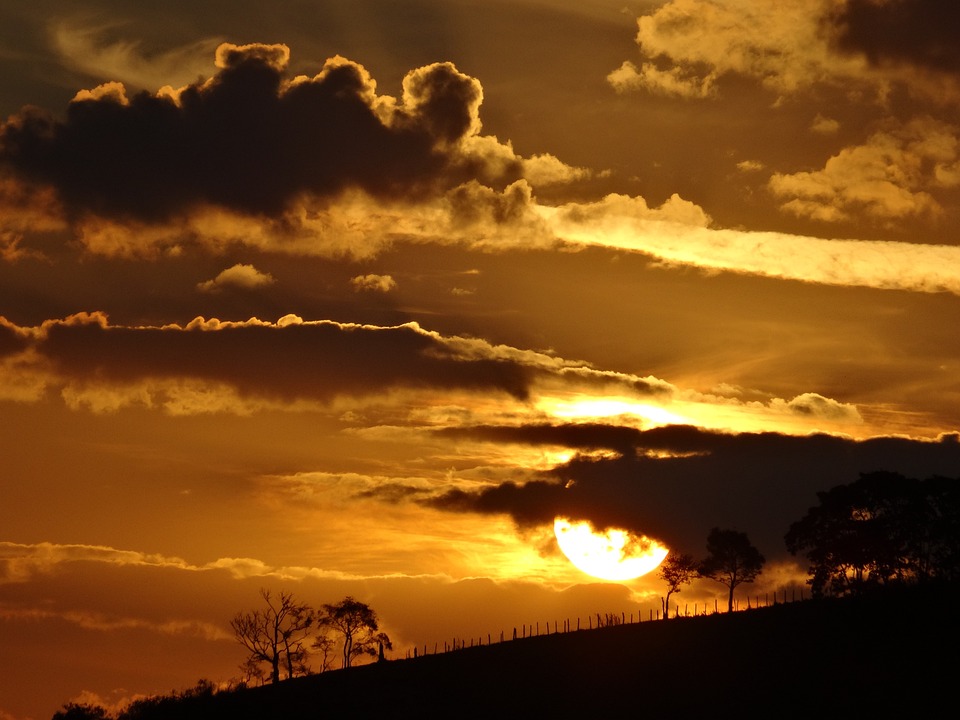Title: Sun, Sand, and Symbology: Decoding the Symbolic Significance of Egypt’s Natural Landscapes
Introduction
The land of the Pharaohs, recognised for its rich historical background, is a haven of breathtaking natural landscapes. Egypt’s unique geographical features have played a significant role in shaping its cultural and religious practices for over 5,000 years. This relationship between the environment and spirituality has carved an exquisite landscape of symbolism that continues to influence Egyptian society. Let’s journey together through the sun-baked landscapes of Egypt and unravel the secrets they hold.
Power of the Sun
The mighty sun, the star at the center of our solar system, traces its place prominently in Egyptian culture. Ancient Egyptians viewed the sun (represented by the god Ra) as the sole source of light, warmth, and life. This divinity was intimately linked to the Nile River’s annual inundation, essential for fertility and agricultural flourishing. Every sunrise and sunset found representation in the grand temple complexes, such as Abu Simbel, where the sun’s rays once illuminated hieroglyphics and statues uniquely.
Sands and People’s Elegy
The golden sand dunes of Egypt are living reminders of the once dominant desert expanse. The vast expanses of sand acted as natural barriers from their adversaries and bounded the Nile Valley. This perception of the desert was both appreciative of its protection and curious of its mysterious inhabitants – nomadic Bedouins, who would later shape their spirituality and lifestyle around the dunes. The desert, therefore, became a symbol of resilience and resourcefulness in Egyptian culture.
Symbolic Lakes and Rivers
The Nile, the world’s longest river, is more than a geographical feature in Egypt; It’s a celestial river of life. Egyptians believed it to be the embodiment of the god Hapi, whose benevolence bestowed annual floods that carpeted the valley in fertile silt. This symbolism was significant, as it highlighted the divine intervention in human lives, revered deeply in their religious writings. Additionally, lakes, such as the sacred Lake Moeris and the holy Pool of Isis, were believed to be gateways between realms, reflecting the mysteries that still lie beneath their serene surfaces.
Iconic Oases and Liminal Spaces
Oases like Siwa, wellsprings emerging in the heart of the desert, have intriguing symbolic significance. These life-sustaining islands in the desert were considered portals to another world; thus, they served as thresholds between the living and the afterlife. The El Azizia mountain monastery’s isolation is indicative of solitude needed for spiritual enlightenment, representing a transition between worldly concerns and divine wisdom.
FAQs
Q1: What religious connotation does Egypt’s environment hold?
A1: Egypt’s environment plays a vital role in defining its religious beliefs. Authentic elements like the sun, sands, lakes, rivers, and oases were believed to be representations of divine entities and symbolized enlightenment, protection, prosperity, and a passage to another realm.
Q2: How did the Nile contribute to the evolution of Egypt’s symbolism?
A2: The Nile River was fundamental to Egypt’s civilization, providing sustenance, fertile soil, and transportation. It was also seen as a symbol of life itself. The river’s yearly flood, bringing nutrient-rich soil, was seen as a divine benevolence, a generous offering from Hapi, the Nile god.
Q3: What is the symbolic significance of Egypt’s desert landscape?
A3: The desert represented a paradox; while it was a barometer of threats and isolation, it was also a haven for the mysterious inhabitants – the Bedouins. The dunes symbolized resilience, strength, and resourcefulness.
Q4: What is the importance of lakes and rivers in Egypt’s symbolism?
A4: Lakes and rivers were fundamental to the Egyptian’s survival, and their symbolism extended to their spirituality. These water bodies were seen as gateways, harboring secrets both divine and human-made, whispering tales of the ancient civilization and Gods’ influence on their lives.
Q5: How do Oases contribute to Egypt’s cultural symbolism?
A5: Oases held a critical spot in Egyptian symbolic landscape. Life bosoming in the harsh desert was seen as a testament to divine providence. They were envisaged as portals connecting the earthly and divine realms, inspiring a mystic allure that was deeply ingrained in Egypt’s spiritual perspectives.
Conclusion
Egypt’s breathtaking natural landscapes are more than a visual treat; they represent murmurs of ancient lore, echoing civilizational ebbs and flows. By unraveling the symbology associated with the sun, sand, sacred lines, rivers, and oases, one begins to comprehend the harmony achieved by incorporating natural elements into metaphysical consciousness. The beauty of Egypt undeniably transcends time, carved not just in the towering pyramids or grand temples, but also in the sun-baked landscapes that nurture undying tales of a civilization lost in the sands of time.
Image: An image representative of Egypt’s rich symbolism in its landscapes, such as a panoramic view of the pyramids at sunrise or the Nile’s mystical flow could be included here.
Remember, this exploration of Egypt’s meaning-laden landscapes is only the beginning. As you walk through its serene desert dunes, cross its bountiful riverbank, or marvel at its breath-taking temples, you too, step into a time honored realm where nature and spirituality seamlessly intertwine, inviting you to decode Egypt’s symbolic narratives. So the next time you set your sights on these mesmerizing landscapes, know that underneath is a rich cultural tapestry woven with threads of spiritual symbology – secrets that wait patiently for you to uncover.



